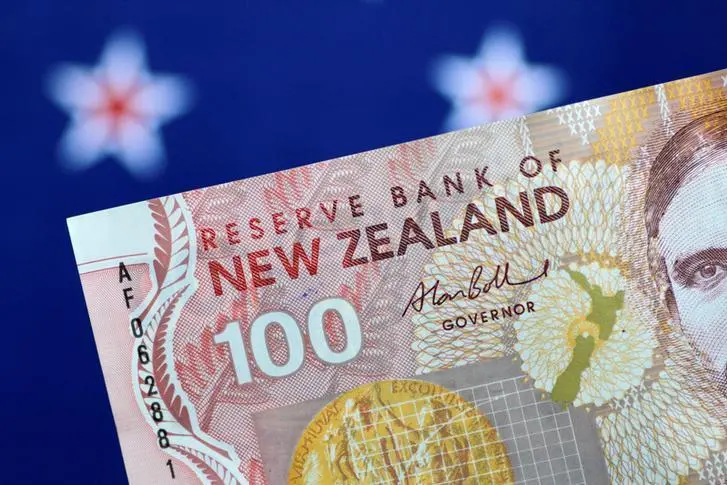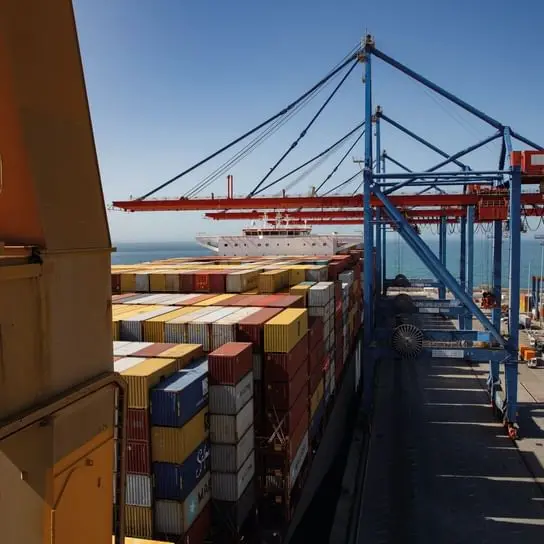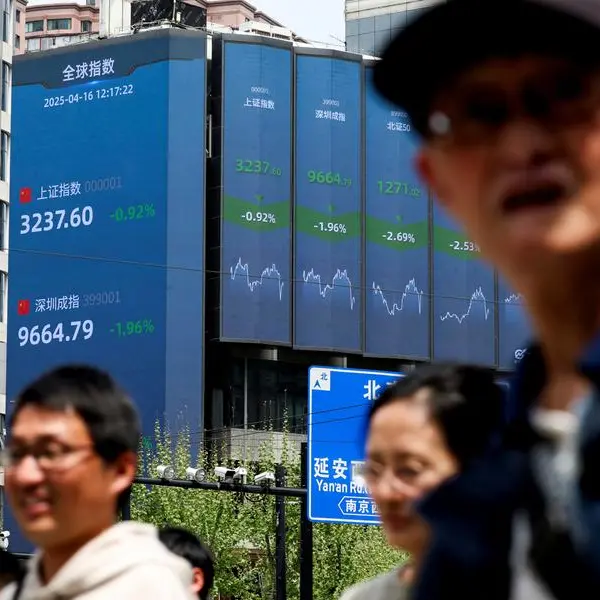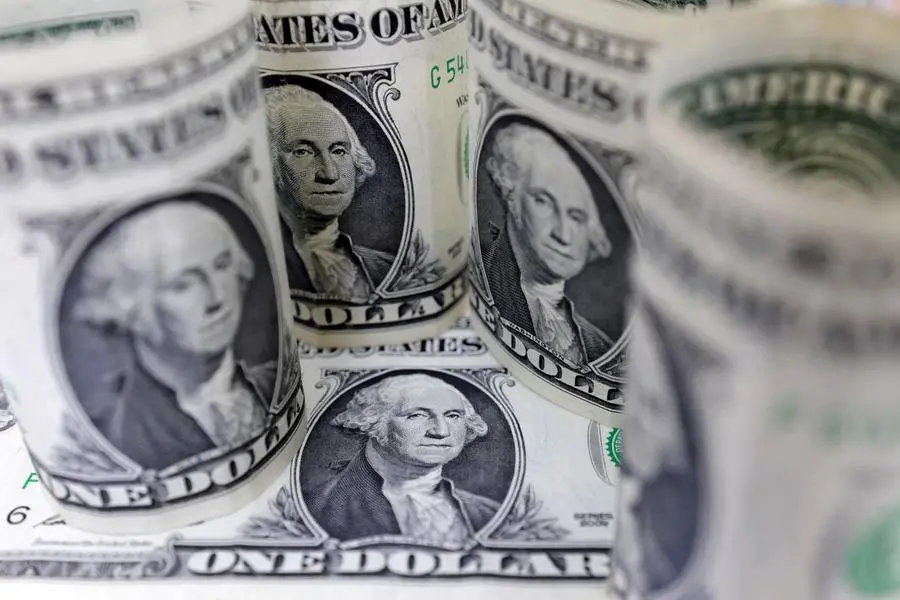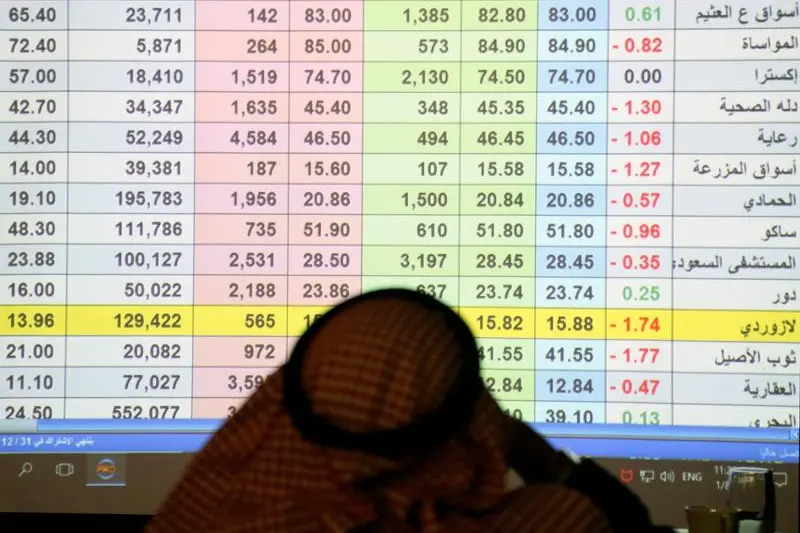PHOTO
A New Zealand Dollar note is seen in this picture illustration June 2, 2017. REUTERS/Thomas White/Illustration
The New Zealand dollar fell and futures rose on Monday after a sharp fall in inflation expectations reinforced bets of policy easing later in the year, while the Aussie was also on the defensive as traders braced for a slew of key events this week.
The kiwi slipped 0.2% to $0.6009, having ended last week just 0.2% higher. It has support around $0.5984, but resistance remained strong at the 200-day moving average of $0.6037.
Data from the Reserve Bank of New Zealand showed that inflation expectations in the country fell to more than two-year lows in the second quarter, helping balance the higher food price impulse.
That calmed market jitters, with the December contract of bank bill futures up 4 ticks at 94.82. The two year swap rate fell 3 basis points to 4.9650%.
"Today's result will be welcome news for the RBNZ, and will help to reinforce expectations that inflation will continue to drop back over the course of this year," said Satish Ranchhod, a senior economist at Westpac.
"The big question for the RBNZ is 'how fast will inflation decline?... we still think that inflation will fall more gradually than the RBNZ has assumed."
Still, markets have fullly priced in a first rate cut from the RBNZ in October, with the total easing expected at 43 basis points this year. That contrasted with no policy easing at all from the Reserve Bank of Australia.
The Australian dollar was off 0.1% at $0.6595, after ending last week 0.1% lower. The RBA held interest rates steady last week but did not include a tightening bias in its policy outlook, disappointing some hawks.
A survey from the National Australia Bank showed that business conditions softened further in April to around their long-run average as high interest rates cooled employment gains. Price pressures also showed further signs of easing.
The government is widely expected to post another surplus in its annual budget due to be released on Tuesday, but the key for markets will be the details of the planned cost of living relief, which has led Treasury to forecast a faster decline in inflation.
(Reporting by Stella Qiu Editing by Shri Navaratnam)
